Ferroptosis as a New Strategy: Iron-Driven Cell Death Targets Cancer Stem Cells
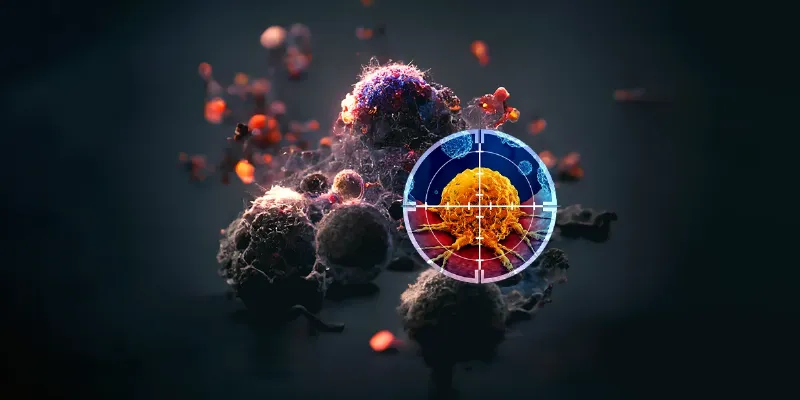
17 August 2025
Cancer stem cells (CSCs) drive recurrence and resistance, evading standard therapies through iron-rich metabolism and oxidative stress defenses. New research highlights ferroptosis—an iron-dependent, lipid peroxidation–driven cell death—as a promising therapeutic target. Strategies such as SLC7A11 inhibition, iron modulation, and nanoparticle delivery show potential to selectively eradicate CSCs, reduce relapse, and enhance long-term treatment efficacy.
For oncologists, the persistence of CSCs has long represented one of cancer’s most intractable barriers, undermining even the most aggressive treatment regimens. Their ability to shift into dormancy and later reignite tumor growth has made durable remission exceedingly difficult to achieve.
Ferroptosis offers a different angle of attack—exploiting CSCs’ reliance on iron and their fragile antioxidant balance. A recent article published in Genes & Diseases, titled ‘Targeting ferroptosis in cancer stem cells: A novel strategy to improve cancer treatment,’ brings a new perspective to this challenge. By dismantling these protective networks, researchers aim not only to shrink tumors but to disable their root cause, paving the way for therapies that achieve deeper and more durable responses.
The Resilience of Cancer Stem Cells
CSCs are not ordinary tumor cells. Like normal stem cells, they possess the capacity for self-renewal and differentiation, but with an added arsenal of survival tricks. They can remain dormant for long stretches, shield themselves from reactive oxygen species (ROS), and reactivate when conditions favor tumor regrowth. This dormancy helps them evade traditional therapies, which typically target fast-dividing cells.
Adding to their resilience, CSCs manage iron differently than other cancer cells. They take up iron more avidly, stockpiling it to sustain growth and adapt under stress. At the same time, they maintain unusually low ROS levels, reducing their vulnerability to oxidative damage. This iron-rich yet ROS-controlled environment makes CSCs difficult to kill—yet paradoxically, it may also be their Achilles’ heel.
Ferroptosis: A Death by Iron and Oxidation
Unlike apoptosis, the cell-suicide pathway most therapies rely on, ferroptosis is defined by the catastrophic buildup of iron-dependent lipid peroxides. When antioxidant defenses collapse—particularly the cystine/glutathione (GSH) axis—cells succumb to uncontrolled oxidative stress.
Key regulators in this balance include SLC7A11, a transporter that imports cystine for glutathione synthesis, and GPX4, an enzyme that detoxifies lipid peroxides. Blocking either pathway can strip CSCs of protection, unleashing ferroptosis.
The idea is elegantly simple: exploit CSCs’ heavy reliance on iron and their fragile redox equilibrium, pushing them toward self-destruction.
Pharmacological Strategies on the Horizon
Several experimental approaches are now being explored:
- SLC7A11 Inhibitors: By cutting cystine supply, glutathione levels plummet, priming CSCs for ferroptosis.
- Iron Modulation: Drugs or nanoparticle carriers that increase intracellular iron raise the odds of oxidative collapse.
- Lipid Peroxidation Enhancement: Agents that accelerate peroxidation selectively destabilize CSCs’ membranes.
Nanoparticle-based delivery systems are particularly promising, ensuring that ferroptosis inducers reach CSCs while sparing normal tissue. Preclinical studies have shown that elevating ROS and iron levels within CSCs can selectively trigger ferroptosis without widespread toxicity.
Beyond Recurrence: A Path to Durable Therapies
The appeal of ferroptosis lies not only in its precision but also in its potential to break the cycle of recurrence and drug resistance. By targeting the very cells responsible for relapse, ferroptosis-based therapies could transform cancer treatment into something more durable.
Moreover, combining ferroptosis inducers with existing regimens—such as chemotherapy, radiotherapy, or immune checkpoint inhibitors—may yield synergistic effects. For example, suppressing ferroptosis resistance pathways like GPX4 and dihydroorotate dehydrogenase (DHODH) could amplify responses to conventional therapies.
Despite the promise, major hurdles remain. Identifying reliable biomarkers of ferroptosis sensitivity, optimizing delivery systems, and avoiding unintended toxicity will be critical. Clinical trials are still in their infancy, but large-scale, multicenter studies are expected to define the role of ferroptosis-based approaches across tumor types.
For now, ferroptosis may not only be a new way to kill cancer cells—it could be the long-sought strategy to finally silence cancer stem cells, and with them, the specter of relapse.
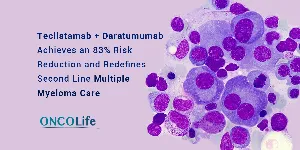
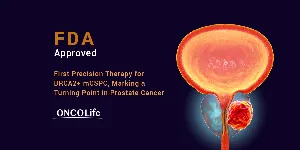
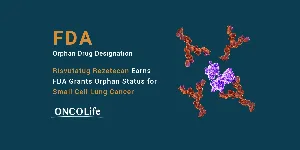


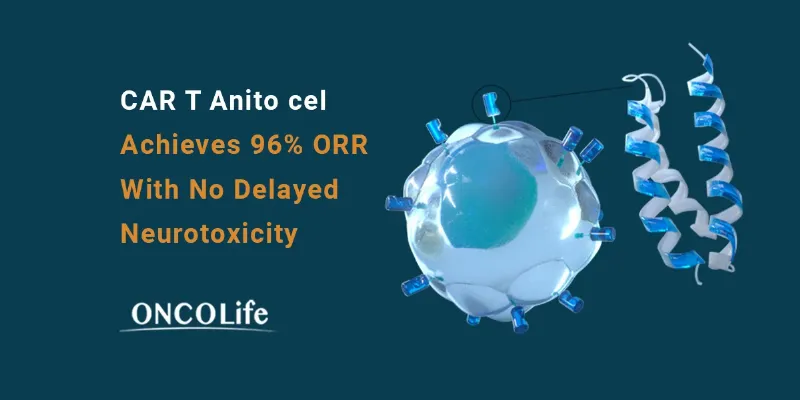

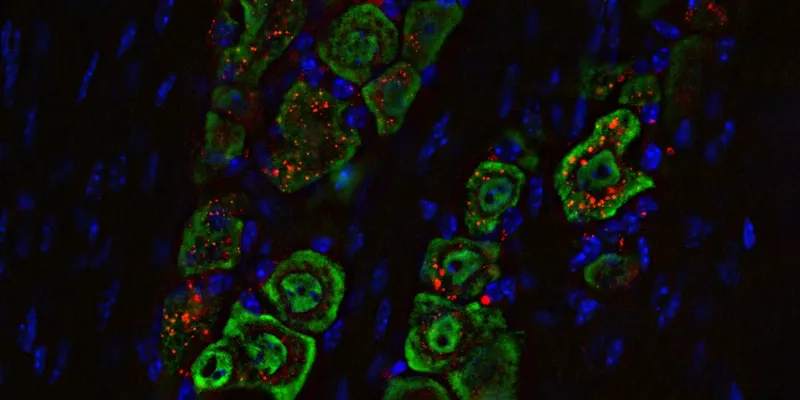
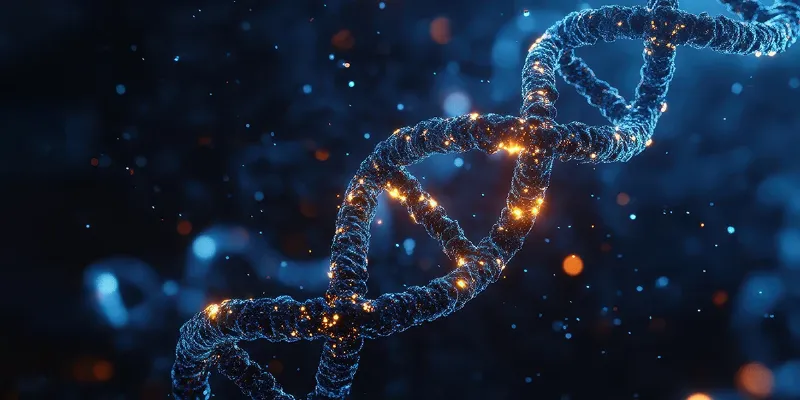
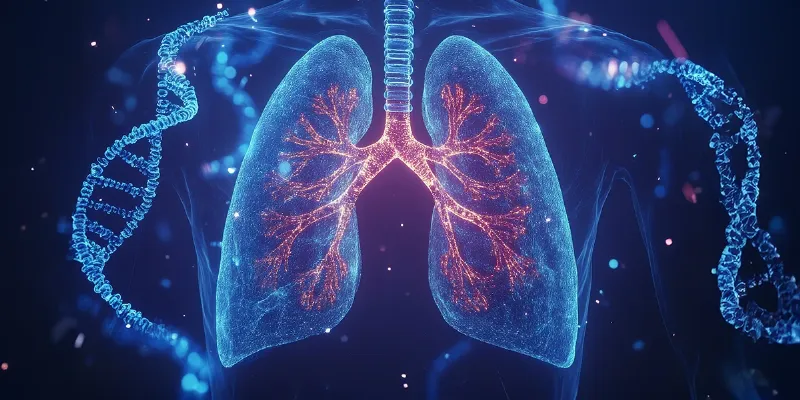
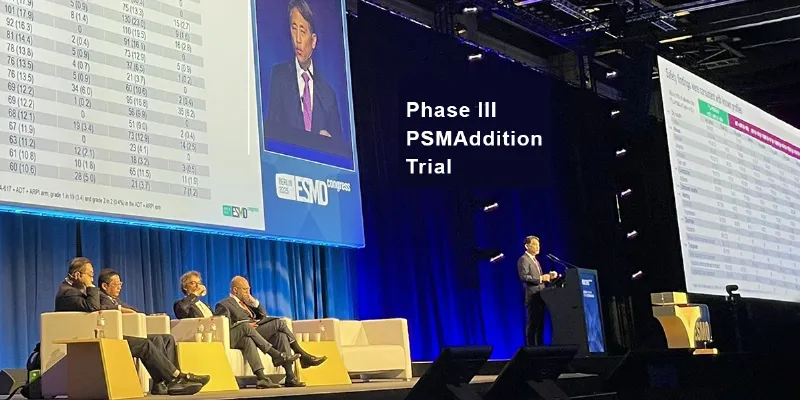
Comments
No Comments Yet!